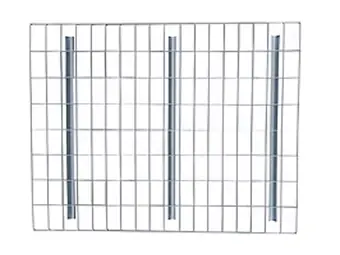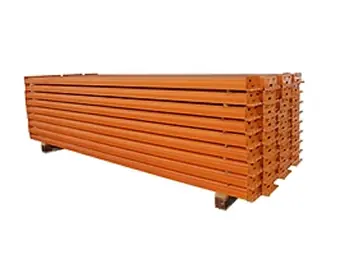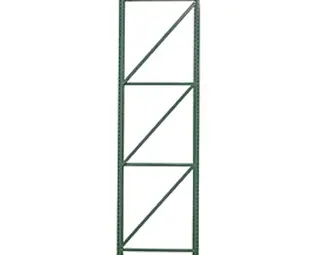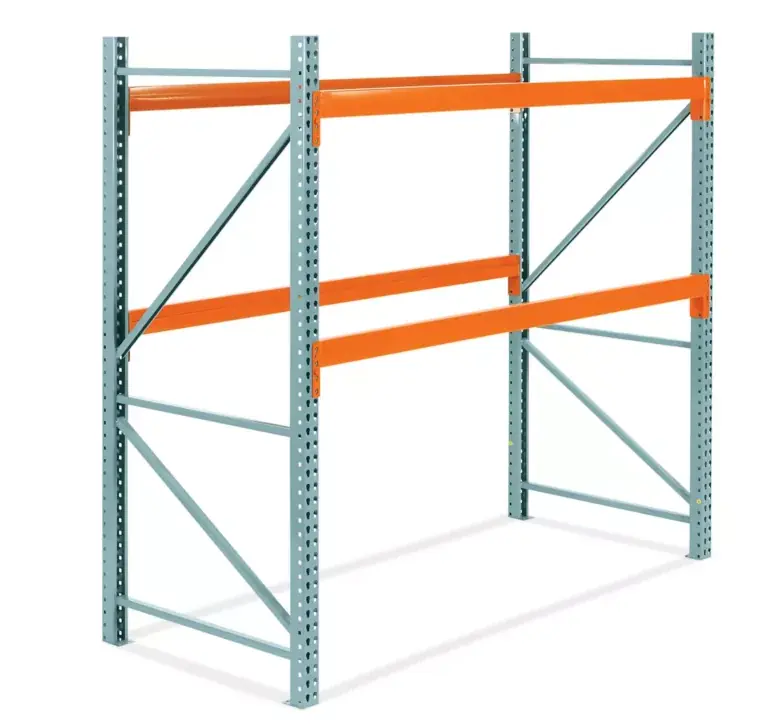Your cart is currently empty!
Table of Contents
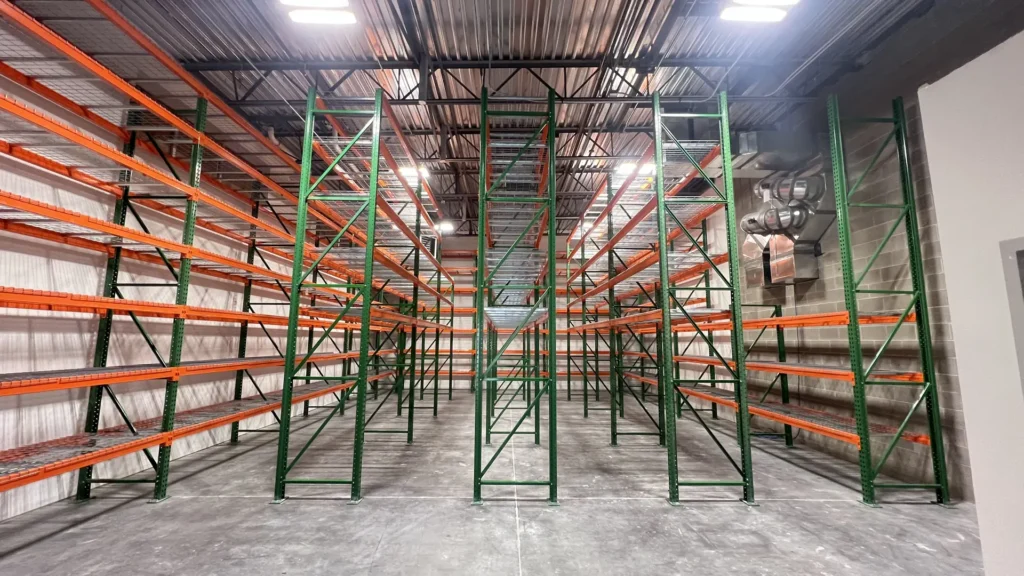
A well-organized warehouse depends heavily on safe and sturdy pallet racking systems. These structures hold thousands of pounds of products and play a vital role in keeping your inventory secure and accessible. However, like any other equipment on your property, pallet racks can deteriorate over time.
Regular pallet rack inspections are not only a best practice for your team. They are essential for preventing costly accidents, maintaining OSHA compliance, and protecting your staff and inventory. In this blog, we’ll explore why inspections matter, how often your team should conduct them, and what to look for during this maintenance.
Why Pallet Rack Inspections are a Non-Negotiable
Ignoring pallet rack inspections can lead to serious safety and operational setbacks. Your racking systems are under constant stress from forklifts, heavy loads, and warehouse traffic. Even the most minor damage can quickly escalate when dealing with this strain. There are many reasons why these inspections are so critical, including:
- Preventing System Failure: During pallet rack inspections, you can detect early signs of failure, like rust, corrosion, or structural damage, before they lead to collapse.
- Protecting Employees: A damaged rack is a serious hazard for workers operating nearby or loading your inventory onto the racks.
- Ensuring OSHA Compliance: OSHA requires employers to maintain safe working conditions, including performing regular inspections.
- Minimizing Downtime: Catching damage early means avoiding major repairs and operational interruptions that will significantly impact your bottom line.
- Saving Money: Addressing any issues with your racks early reduces your risk of expensive repairs and insurance claims.
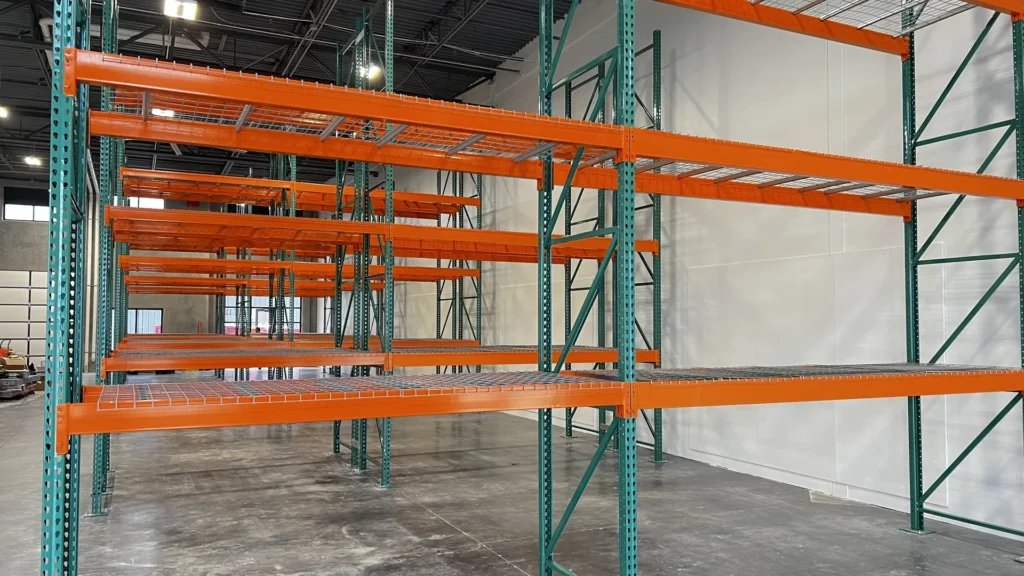
What to Look for During a Pallet Rack Inspection
When conducting pallet rack inspections, it is important to take a detailed and consistent approach. Your in-house staff and professional inspectors should be trained to spot signs of wear and damage before they lead to significant harm. Some key inspection points on your pallet racks include:
- Bent or damaged upright beams
- Missing or broken safety clips and pins
- Overloaded or improperly loaded racks
- Rust, corrosion, or paint damage
- Floor anchoring issues or loosened base plates
- Misaligned or leaning frames
- Forklift damage, especially at lower levels
- Deflection or bowing in horizontal beams
- Improper modifications or repairs
- Labeling or load capacity signage missing or unclear
Regular pallet rack inspections can help you identify these issues before they become more serious problems. If you want to stay on top of any potential damage, it’s essential to work these inspections into your regular schedule.
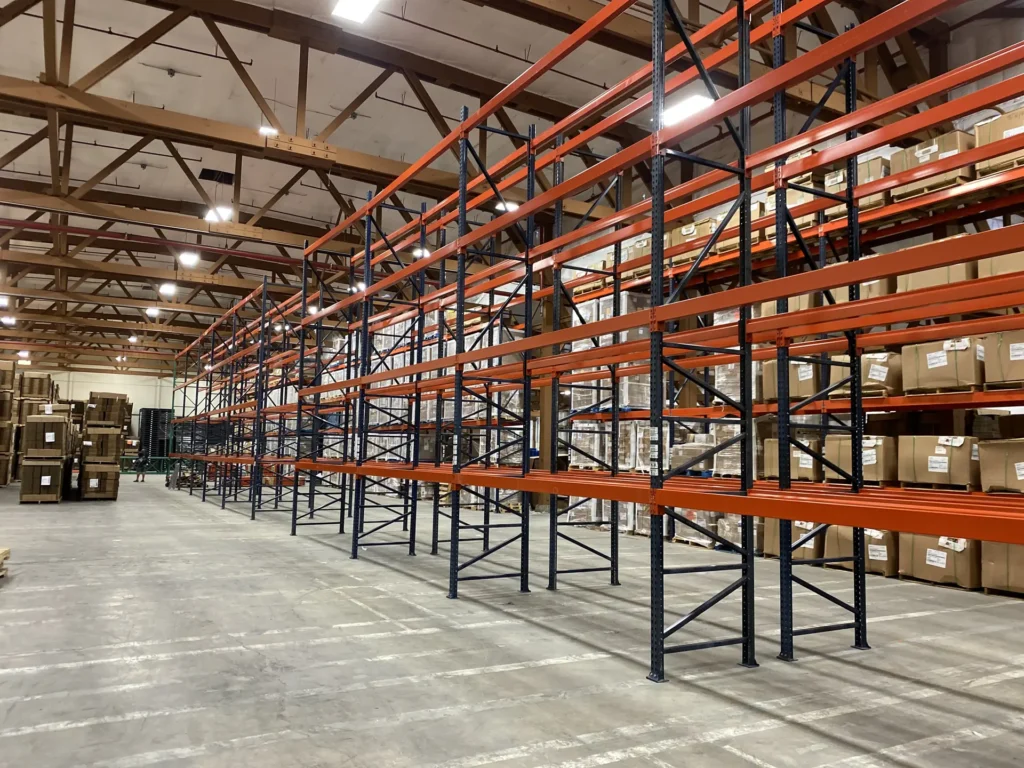
How Often Should You Inspect Your Racking System?
How frequently you should inspect your pallet racks will depend on your facility’s size, traffic, and usage patterns. However, there are general guidelines to ensure you’re doing everything in your power to keep your property safe.
- Visual Checks: Your team should perform visual pallet rack inspections daily or weekly to catch minor visual damage as soon as possible.
- Monthly Inspections: Trained supervisors need to perform more in-depth visual inspections every month to monitor the integrity of your racks.
- Annual Inspections: You should invest in more formal inspections from qualified inspectors at least once a year.
If your warehouse experiences frequent forklift activity, high turnover, or recent layout changes, increase the frequency of your inspections. Also, you should schedule a pallet rack inspection following any rack impact. No matter how small the impact seems, it can lead to major damage.
Best Practices for Effective Pallet Rack Inspections
There are a few things you should do to ensure you get the most out of your inspection process. Some best practices to incorporate into your rack inspection process include:
- Create a Checklist: Standardize your inspection process with a documented list of inspection points to ensure every inch of the racks is checked.
- Document Everything: Keep records of inspection dates, findings, and repairs for insurance and OSHA purposes.
- Act Quickly: If you notice an unsafe or severely damaged rack, remove it from service immediately and schedule repairs.
- Use Protection: Consider adding guardrails or rack protectors to minimize the risk of future damage and protect your employees.
- Stay Proactive: Treat these inspections as a preventative measure, not a reactive one, and stay on top of this care.
By incorporating these practices into your inspections, you not only improve safety but also extend the life of your racking investment.
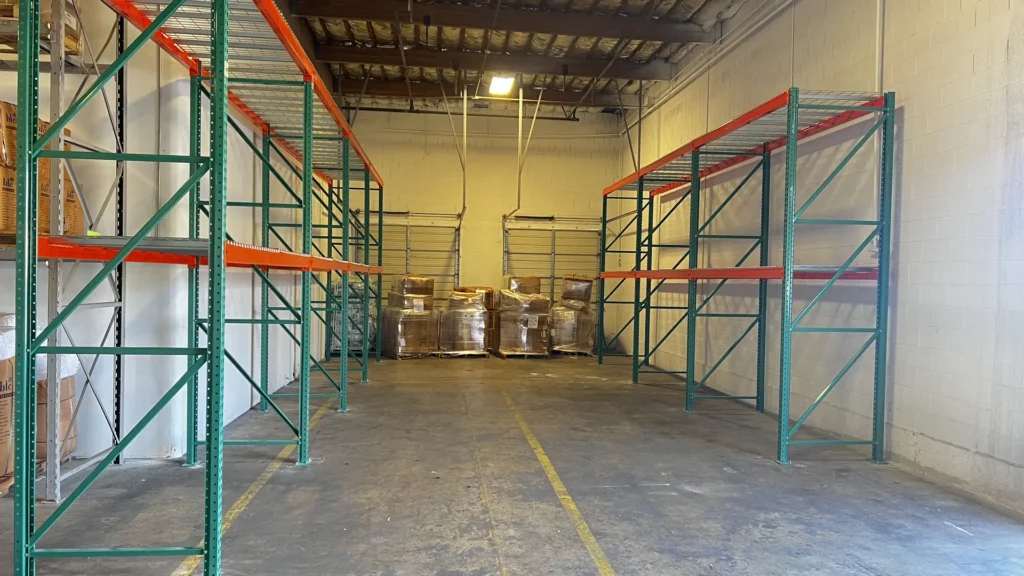
Stay Ahead of Risk with Regular Pallet Rack Inspections
At BL Pallet Racking, our team is committed to providing high-quality products built to last. However, we understand the importance of regular inspection. Neglecting pallet rack inspections is a risk your warehouse can’t afford. A routine, consistent inspection schedule protects your employees, inventory, and bottom line. Whether you manage a small storage room or a massive distribution center, regular pallet rack inspections ensure your operations stay safe, efficient, and compliant.
If you have any concerns about your existing pallet rack and need to invest in a new rack installation, contact our team for support.


